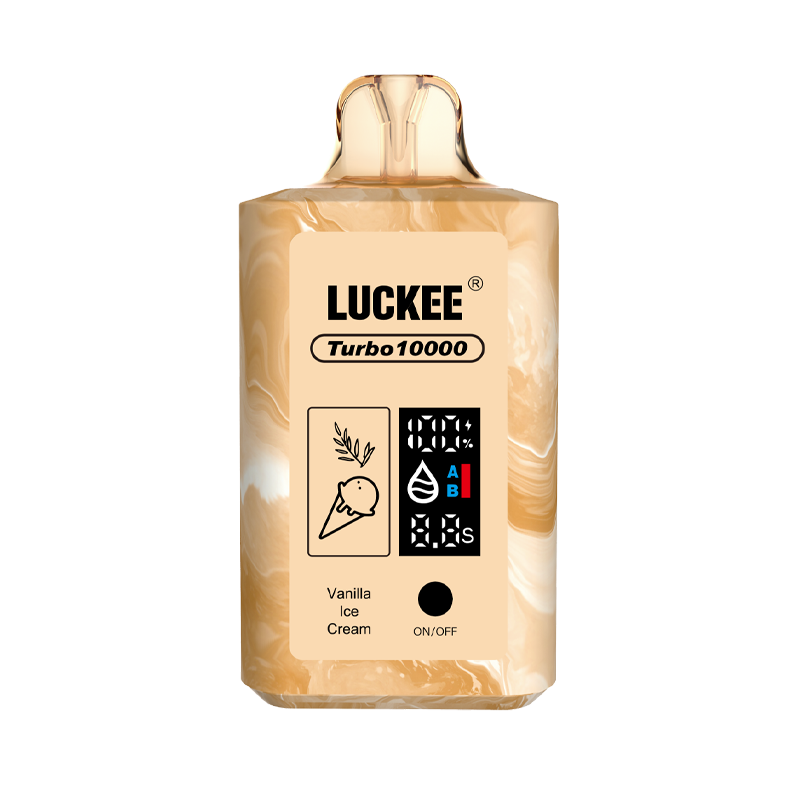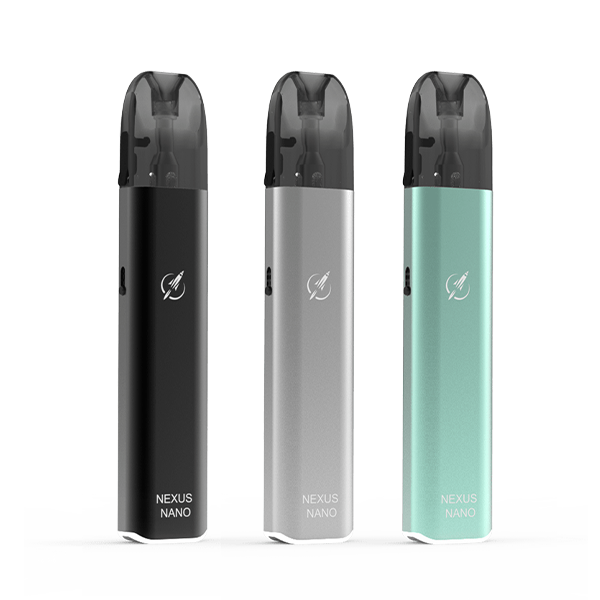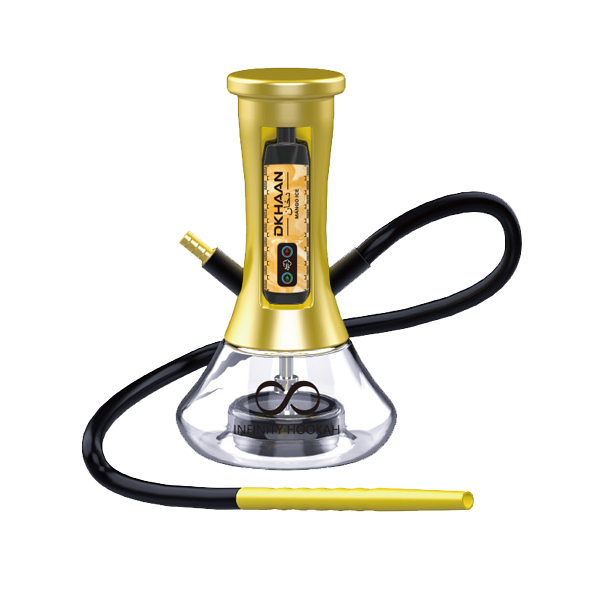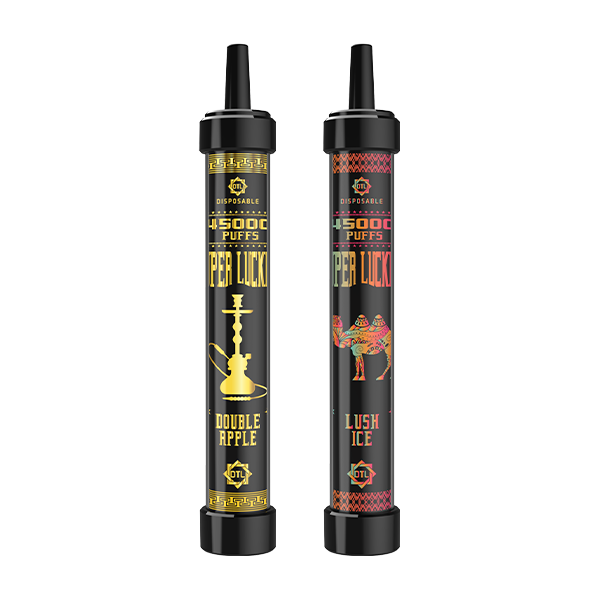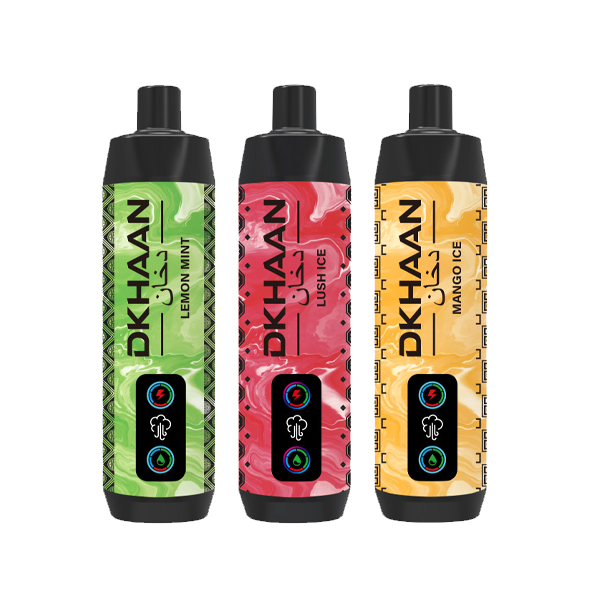The Role of 3D Printing Technology in the Evolution of the E-Cigarette Industry
3D printing—also known as additive manufacturing—is revolutionizing the way physical components are created by layering material to form intricate structures. Its core advantages include rapid prototyping, complex geometries, customized manufacturing, reduced part assembly, and significantly shortened product development cycles.
With the continuous advancement of materials and printing techniques, 3D printing has evolved from a niche technology into a widely adopted industrial tool. Today, it is increasingly being integrated into the electronic cigarette industry, bringing both innovation and efficiency to manufacturing and product development.
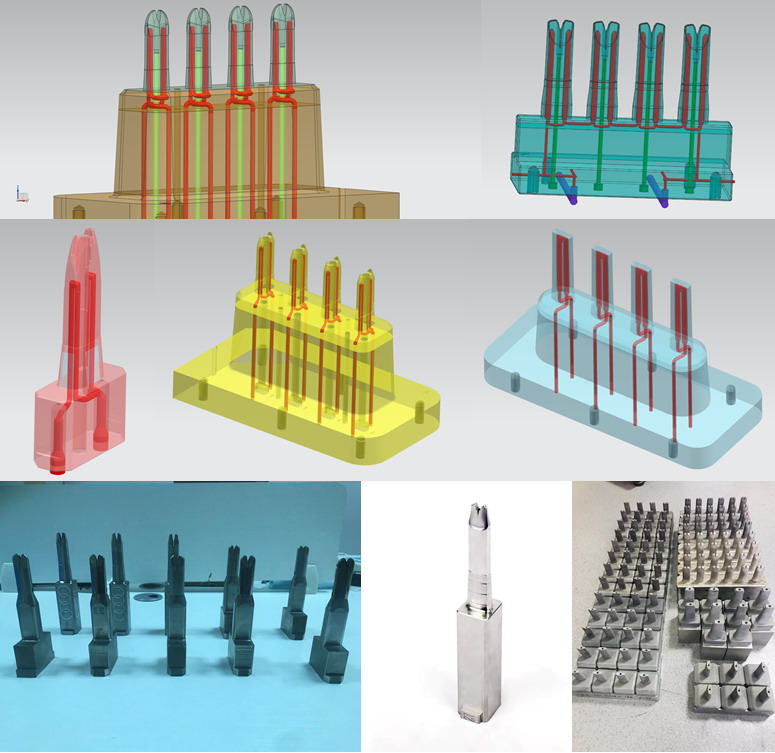
1. 3D-Printed Molds for E-Cigarette Oil Cups
E-cigarette shells and oil cups are typically made from high-temperature-resistant plastics such as:
-
PCTG: 260–280°C
-
PPSU: Up to 370°C
-
PC: 270–320°C
In traditional injection molding, around 90% of product defects stem from inadequate cooling. This issue is especially pronounced when using high-temperature materials, where precise cooling is essential to avoid warping, shrinkage, and internal stress.
E-cigarette molds are often deep-cavity structures, meaning the cavity cross-section narrows as depth increases. This makes it challenging to apply traditional straight-drilled cooling channels effectively. Due to limited space, conventional cooling channels tend to be shallow and small—compromising their efficiency.
3D printing enables conformal cooling channel design, which closely follows the contours of the mold cavity. This dramatically improves cooling uniformity and efficiency, resulting in:
-
Better molding consistency
-
Enhanced productivity
-
Reduced cycle times
-
Extended mold service life
By enabling such optimized cooling, 3D-printed molds are transforming the production of e-cigarette oil cups.
2. 3D-Printed Ceramic Atomizer Cores
In a pioneering collaboration, Qiyu Technology has teamed up with a leading domestic e-cigarette brand to develop ceramic atomizer cores manufactured via high-speed 3D printing.
This approach addresses long-standing pain points in traditional ceramic core production, including:
-
Low throughput
-
Quality inconsistencies
-
Excessive material waste
Equipped with a 4K optical engine and 0.05 mm precision, Qiyu’s 3D printers can produce ceramic atomizer cores with over 55% porosity and customizable pore sizes ranging from 10 to 50μm. These devices can produce tens of thousands of atomizer cores per day, with the added benefit of manufacturing highly complex internal structures tailored to performance needs.
This new production method represents a major leap forward in terms of quality, efficiency, and design flexibility for atomization components.
3. Accelerating Product Development with In-House 3D Printing
In the fast-paced world of e-vapor products—where designs often mirror consumer electronics and appeal to youthful, trend-sensitive audiences—speed and iteration are everything.
Originally, companies like Kikna relied on external 3D printing service providers to prototype new product designs. This significantly accelerated their design-verification cycles and empowered the industrial design (ID) team to validate ideas more quickly.
However, as the number of product SKUs increased and market demands accelerated, third-party printing soon became a bottleneck. Lead times of 2–3 days per prototype became unacceptable for a company striving for daily iteration. Moreover, IP confidentiality risks grew as outsourced files left the company’s ecosystem.
To address these issues, Kikna’s ID team invested in in-house 3D printing equipment. The new workflow reduced prototyping time to as little as 3 hours per atomizer shell, allowing for up to two full design iterations per day. This not only improved efficiency but also safeguarded design confidentiality and gave the design team full control over the development cycle.
Conclusion
The integration of 3D printing into the e-cigarette industry is more than just a technological upgrade—it’s a strategic advantage. From enhancing mold cooling and boosting production output to improving atomizer core performance and accelerating product development, 3D printing is driving a new era of precision, efficiency, and innovation.
As material science and printing capabilities continue to evolve, 3D printing will undoubtedly play an even larger role in shaping the next generation of vaping products.




